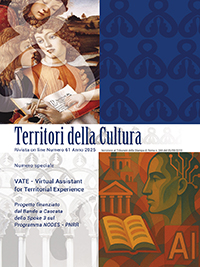4th IIASA - DPRI Forum on Integrated Disaster Risk Management
Ravello 5 - 7 July 2004
The focus of the Forum has been on Challenges of Implementation.
Informal discussions have been carried out on the future of integrated disaster risk management (IDRiM) and the NEXUS of researchers and research that can genuinely contribute to reducing and sharing disaster losses. A particular emphasis has been devoted on research that promotes the implementation of equitable and efficient strategies for risk mitigation, what might be thought of as “implementation science”.
The participants' discussions dealt with the following topics:
- Implementation of intensified mitigation in selected zones in an era of improved seismic risk assessment
New methodologies are being developed for determining “periods of maximum hazard” that might greatly improve precautions for earthquakes. These methodologies raise a number of issues for discussion with regard to the certainty of the assessments and the societal response in implementing preparedness measures, for example, prioritized zones for more intensive mitigation efforts.
- The protection of vital infrastructure: The case of health facilities and schools
This discussion examined the technical, economic, institutional and cultural considerations in implementing scientific knowledge on retrofitting schools and health facilities in high-risk seismic zones. The ISDR is considering school and health facility seismic protection as part of the Second World Conference on Disaster Reduction ("Kobe 2005"). The result of the discussion will potentially provide a basis for moving this agenda to the implementation stage.
- Coping with floods and droughts in developing countries
Changing land-use practices, population movements, climate change are contributing to increased drought and flood risk, which can be devastating to countries already vulnerable from violent conflict, AIDS and other risks. These risks are worsening despite available technologies and alternative strategies, which might be useful in managing water risks in resource-constrained countries. Discussions addressed these issues, and the ensuing problems of implementing coping strategies.

 English (UK)
English (UK)  Italian (IT)
Italian (IT) 


